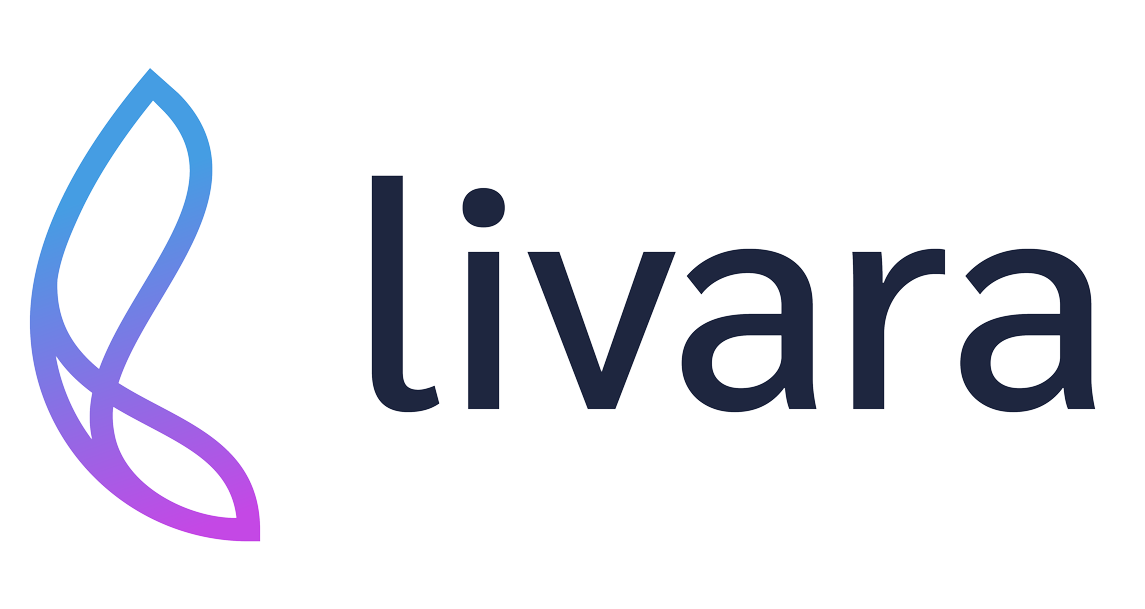“In-Clinic Versus Web-Based Multidisciplinary Exercise-Based Rehabilitation for Treatment of Low Back Pain: Prospective Clinical Trial in an Integrated Practice Unit Model”
SpineZone is a wholly owned subsidiary of Livara Health, operating 9 musculoskeletal clinics in Southern California.
Background: The recent onset of the COVID-19 pandemic has highlighted the need to reduce barriers to access physical therapy and associated care through the use of web-based programs and telehealth for those seeking treatment for low back pain (LBP). Despite this need, few studies have compared the effectiveness of clinic-based versus web-based or telehealth services.
Objective: This study aims to compare the clinical outcomes of clinic-based multidisciplinary therapy in an integrated practice unit (C-IPU) model with online integrated multidisciplinary therapy (O-IPU) in individuals undergoing conservative care for LBP.
Methods: A total of 1090 participants were prospectively recruited to participate in a clinical trial registry (NCT04081896) through the SpineZone rehabilitation IPU program. All participants provided informed consent. Participants were allocated to the C-IPU (N=988) or O-IPU (N=102) groups based on their personal preferences. The C-IPU program consisted of a high-intensity machine-based core muscle resistance training program, whereas the O-IPU program consisted of therapist-directed home core strengthening exercises through a web-based platform. Changes in LBP symptom severity (Numeric Pain Rating Scale), disability (Oswestry Disability Index), goal achievement (Patient-Specific Functional Scale), and frequency of opioid use were compared between the C-IPU and O-IPU groups using multivariate linear regression modeling adjusted for age, gender, treatment number, program duration, and baseline pain and disability.
Results: Approximately 93.03% (1014/1090) of the participants completed their recommended programs, with no group differences in dropout rates (P=.78). The C-IPU group showed greater pain relief (P<.001) and reductions in disability (P=.002) than the O-IPU group, whereas the O-IPU group reported greater improvements in goal achievement (P<.001). Both programs resulted in reduced opioid use frequency, with 19.0% (188/988) and 21.5% (22/102) of participants reporting cessation of opioid use for C-IPU and O-IPU programs, respectively, leaving only 5.59% (61/1090) of participants reporting opioid use at the end of their treatment.
Conclusions: Both in-clinic and web-based multidisciplinary programs are beneficial in reducing pain, disability, and opioid use and in improving goal achievement. The differences between these self-selected groups shed light on patient characteristics, which require further investigation and could help clinicians optimize these programs.





